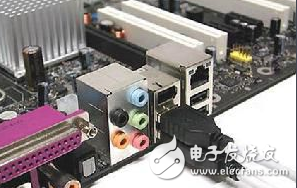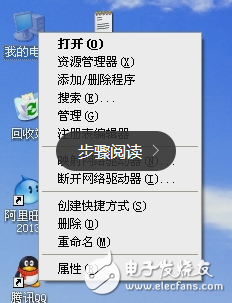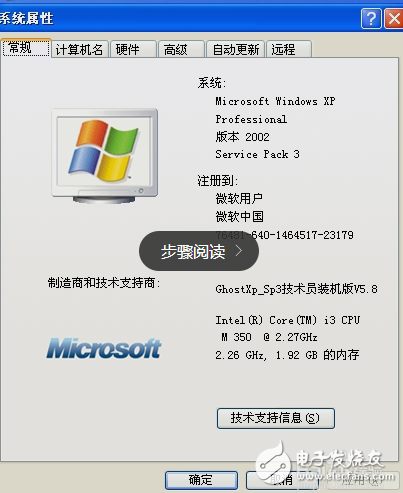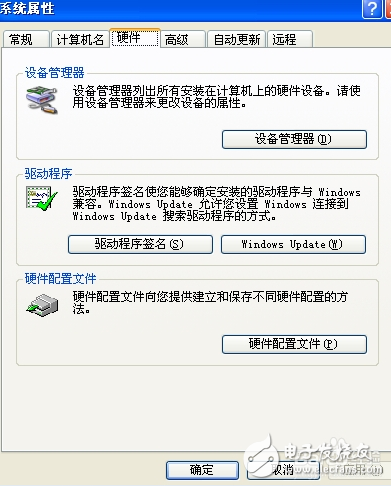Universal Serial Bus (USB) is a serial bus standard for connecting external devices. It is widely used on computers, but it can also be used in set-top boxes and game consoles. It can be used by On-The-Go. Direct data exchange between portable devices.
There is only one host per USB, which includes the following layers:
Bus interface
The USB bus interface handles the interconnection of the electrical layer to the protocol layer. From an interconnect perspective, similar bus interfaces are given by both the device and the host, such as the Serial Interface Machine (SIE). The USB bus interface is implemented by the main controller.
The USB system uses the main controller to manage data transfer between the host and the USB device. Its interface to the main controller depends on the hardware definition of the main controller. At the same time, the USB system is also responsible for managing USB resources such as bandwidth and bus energy, which makes it possible for customers to access USB. The USB system also has three basic components:
Master Controller Driver (HCD) This maps different host controller devices to a USB system. The interface between HCD and USB is called HCDI. The specific HCDI is defined by the operating system supporting different host controllers. The Universal Host Controller Driver (UHCD) is at the bottom of the soft structure, which manages and controls the main controller. UHCD implements communication with the USB host controller and controls the USB host controller, and it is hidden from other parts of the system software. The highest level in the system software communicates with the host controller via the software interface of the UHCD.
The USB driver (USBD), which is on top of the UHCD driver, provides a driver-level interface that meets the requirements of existing device driver designs. USBD provides a data transfer architecture in the form of I/O request packets (IRPs), which consist of the need to transfer data over a specific pipe (Pipe). In addition, USBD enables the client to have an abstraction of the device for abstraction and management. As part of the abstraction, USBD has a default pipeline. It gives you access to all USB devices for standard USB control. This default pipe describes a logical channel for communication between a USBD and a USB device.
Host software In some operating systems, no USB system software is provided. These software were originally used to provide configuration information and load structures to device drivers. In these operating systems, the device driver will provide the interface provided by the application instead of directly accessing the USBDI (USB Driver Interface) structure.
USB Client Software It is located at the highest level of the software structure and is responsible for handling specific USB device drivers. The client layer describes all software entries that directly affect the device. When the device is detected by the system, these clients will act directly on the peripheral hardware. This shared feature places the USB system software between the client and its device, which is handled by the client program based on the device image formed by the USBD on the client.
Each layer of the host has the following functions:
1) Detect connected and removed USB devices.
2) Manage the data flow between the host and the USB device.
3) Connect USB status and activity statistics.
4) Control the electrical interface between the main controller and the USB device, including limited energy supply.
HCD provides an abstraction of the main controller's abstraction and the main controller perspective of the data transmitted over USB. USBD provides an abstraction of USB device abstraction and data transfer between USBD client and USB functions. The USB system facilitates data transfer between the client and the function and serves as a control point for the specification interface of the USB device. The USB system provides buffer management capabilities and allows data transfer to be synchronized to the needs of customers and functions.
2, the purpose of the universal serial bus architecture (USB)
(1) Connection between computer and telephone: Obviously, computer communication for computers will be the basic application of the next generation computer. The interactive flow of machines and people requires a broad and inexpensive connected network. However, due to the current independent development of industries, no unified standards have been established, and USB can be widely connected to computers and telephones.
(2) Ease of use: As we all know, the modification of PC is extremely inflexible. The combination of a user-friendly graphical interface and some hardware and software mechanisms, coupled with a new generation of bus architecture, has led to a significant reduction in computer conflicts and ease of retrofitting. However, from the perspective of the end user, the input/output of the PC, such as the serial/parallel port, keyboard, mouse, and joystick interface, has not yet reached the plug-and-play feature. USB is the case. The next one.
(3) Port expansion: The addition of peripheral devices is always limited by the number of ports that are quite limited. The lack of a two-way, inexpensive, medium- and low-speed bus connected to peripherals limits the development of peripherals such as telephony/telephone/modem adapters, scanners, keyboards, and PDAs. Existing connections can only be optimized for very few devices. For the addition of new features for PCs, a new interface needs to be defined to meet these needs, and USB has emerged. It is a fast, bidirectional, synchronous, dynamically connected and inexpensive serial interface that meets the current and future needs of PC development.
3, view the computer's serial busOpen your computer, right click on my computer, select the property menu inside

Go in and select the hardware on the right

Then select the hardware configuration file inside, click to open

Click on the Universal Serial Bus controller to see it.

CL-2H Copper Connecting Terminals
Our company specializes in the production and sales of all kinds of terminals, copper terminals, nose wire ears, cold pressed terminals, copper joints, but also according to customer requirements for customization and production, our raw materials are produced and sold by ourselves, we have their own raw materials processing plant, high purity T2 copper, quality and quantity, come to me to order it!
CL-2H Copper Connecting Terminals
Taixing Longyi Terminals Co.,Ltd. , https://www.longyicopperlugs.com